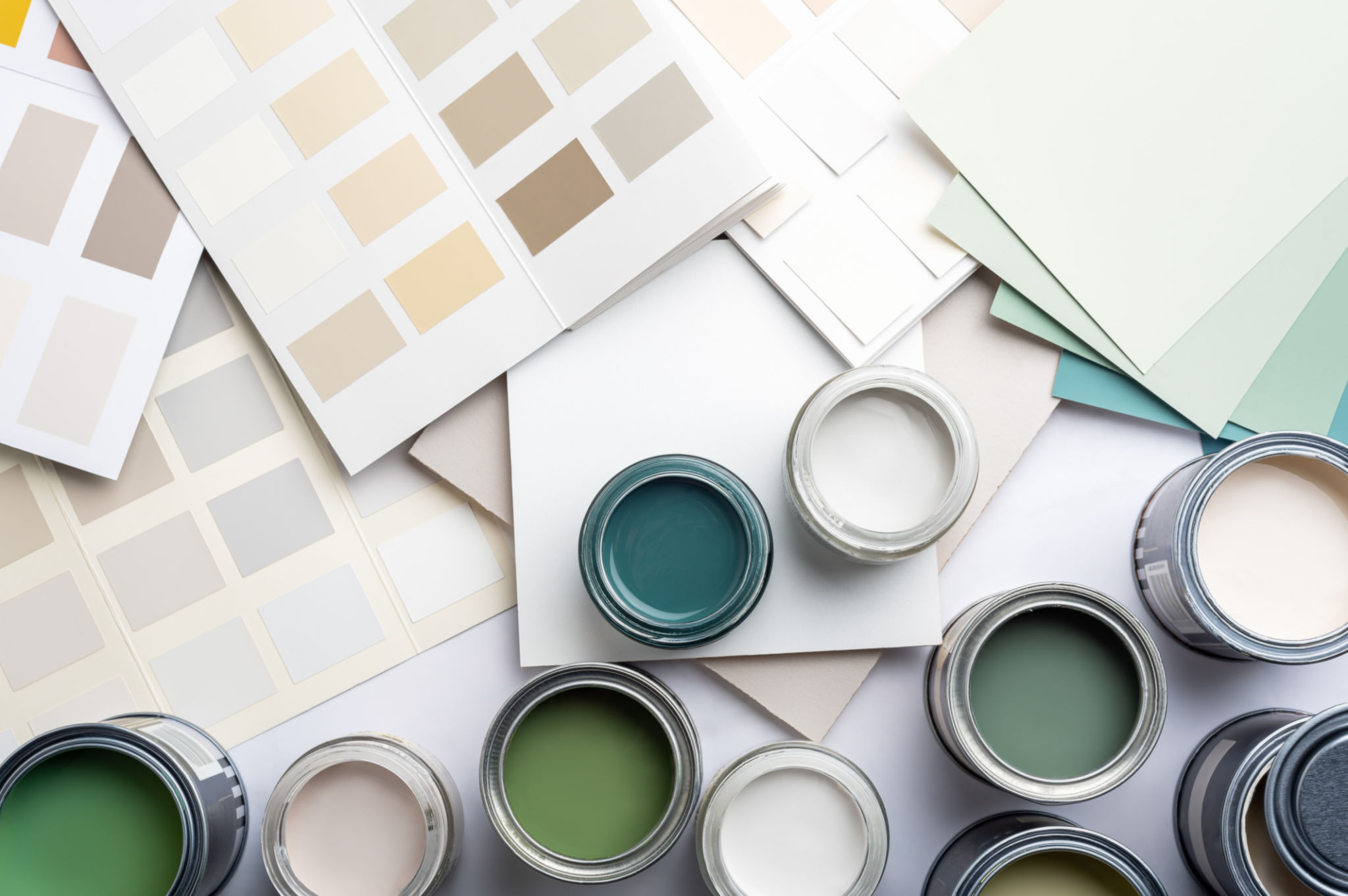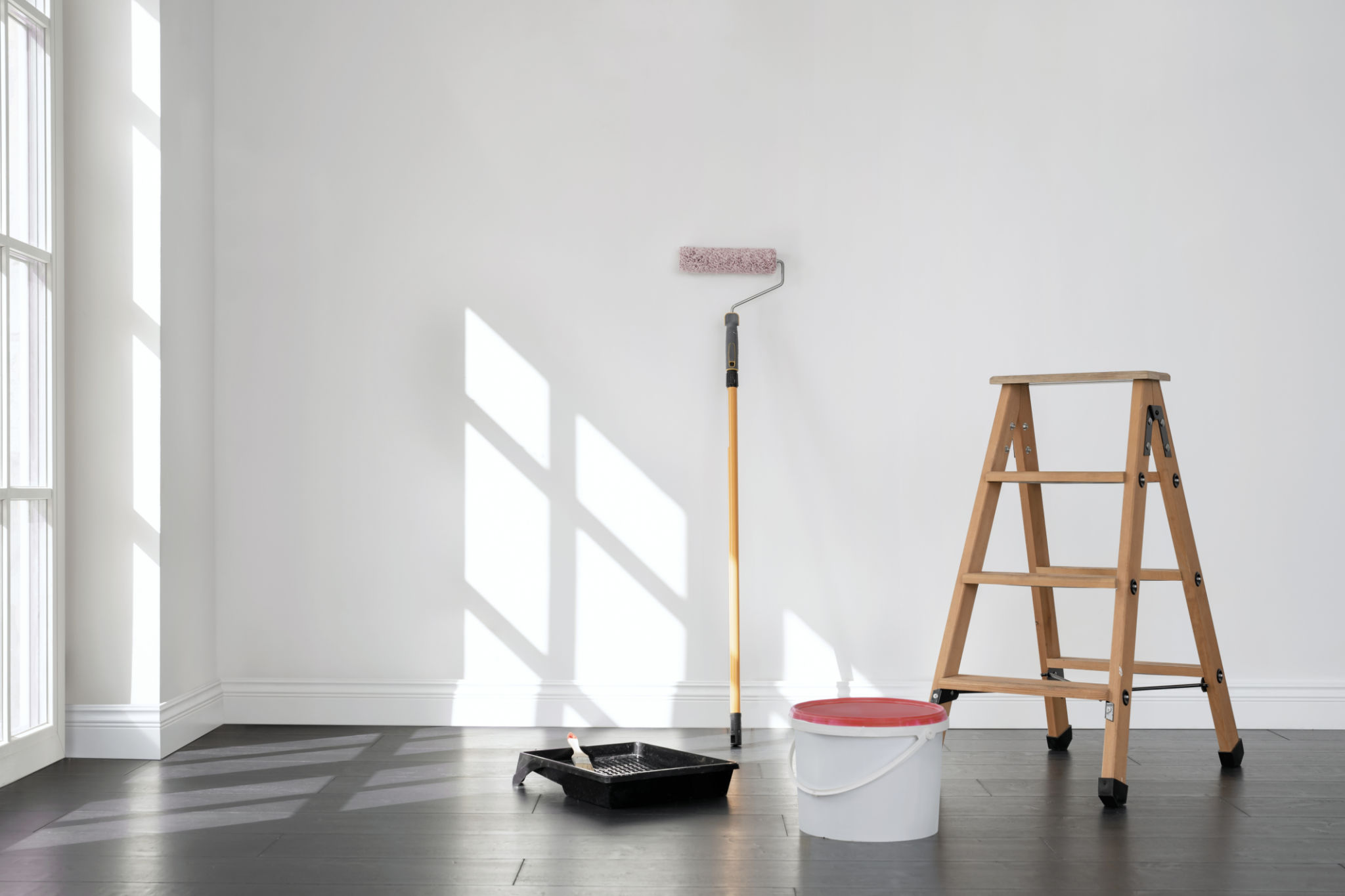Top 5 Interior Painting Mistakes to Avoid
Choosing the Wrong Paint
One of the most common mistakes when it comes to interior painting is selecting the wrong type of paint. With so many options available, it’s crucial to choose a paint that suits your needs. Consider factors like the room’s function and the surface material. For instance, kitchens and bathrooms often require moisture-resistant paints, while living areas benefit from paints that are easy to clean and maintain.

Underestimating the Importance of Primer
Skipping the primer might seem like a good way to save time and money, but this step is essential for a long-lasting and professional-looking finish. Primer helps the paint adhere better to the surface and covers any stains or marks. This ensures that the final coat is smooth and even, enhancing the overall appearance of your space.
Inadequate Surface Preparation
Proper surface preparation is key to achieving a flawless paint job. Failing to clean walls, fill holes, or sand surfaces can lead to uneven paint application and unsightly blemishes. Before you start painting, take the time to thoroughly prepare your surfaces. This will help the paint glide on smoothly and adhere properly, resulting in a polished finish.

Using Poor Quality Brushes and Rollers
Investing in high-quality brushes and rollers can make a significant difference in your painting project. Cheap tools might save you money initially, but they can result in streaky finishes and uneven coverage. Good quality brushes and rollers ensure a smoother application and help you achieve a professional look without unnecessary hassle.
Applying Too Much Paint
Another common mistake is applying too much paint in one go. This can lead to drips, streaks, and an inconsistent finish. Instead, apply thin layers of paint, allowing each coat to dry before adding another. This method not only looks better but also helps the paint dry evenly, ensuring a durable and attractive finish.

Ignoring Environmental Conditions
The environment in which you paint can significantly affect the outcome. High humidity or extreme temperatures can impact how the paint dries and adheres to surfaces. Ideally, paint in moderate temperatures and low humidity to ensure optimal results. Proper ventilation is also crucial to avoid trapping moisture and fumes inside the room.
Conclusion
Avoiding these common interior painting mistakes can save you time, money, and frustration. By choosing the right paint, preparing surfaces properly, investing in quality tools, applying paint correctly, and considering environmental conditions, you can achieve a stunning finish that enhances your home’s interior. Remember, attention to detail is key to a successful painting project.
